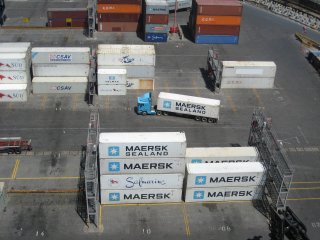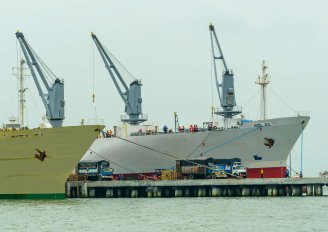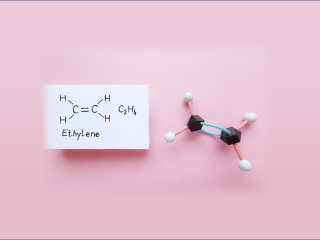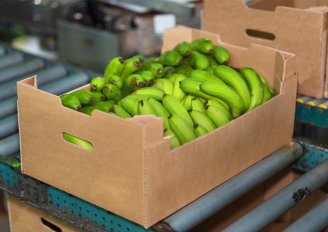
Transport practices for banana
Transport of fresh products like bananas generally takes place in (refrigerated) trucks, reefer containers, or by plane. Checks and proper loading are always important to maintain good (temperature) conditions for the product during transport. For fresh products, refrigerated transport is often necessary. Trucks and reefers can maintain a low temperature, but do not have enough cooling capacity to quickly lower the product temperature. During transport and waiting periods, the load must be well covered to protect against dust, sun and rain. Careful driving and handling are essential to prevent damage to produce from mechanical actions.

Optimal transport conditions
Once harvested and packed, the bananas for export markets are quickly transported to the port in refrigerated trucks or reefer containers. Overseas transport of bananas mostly takes place in reefer containers, but also in conventional reefer vessels. During long-distance transport, bananas are kept in the green stage by using the right transport temperature and preventing ethylene. Bananas should preferably be well pre-cooled before entering the refrigerated truck or reefer. Controlled Atmosphere (CA) is used in addition for the longer distances. If transported under CA conditions, pre-cooling is a must.





